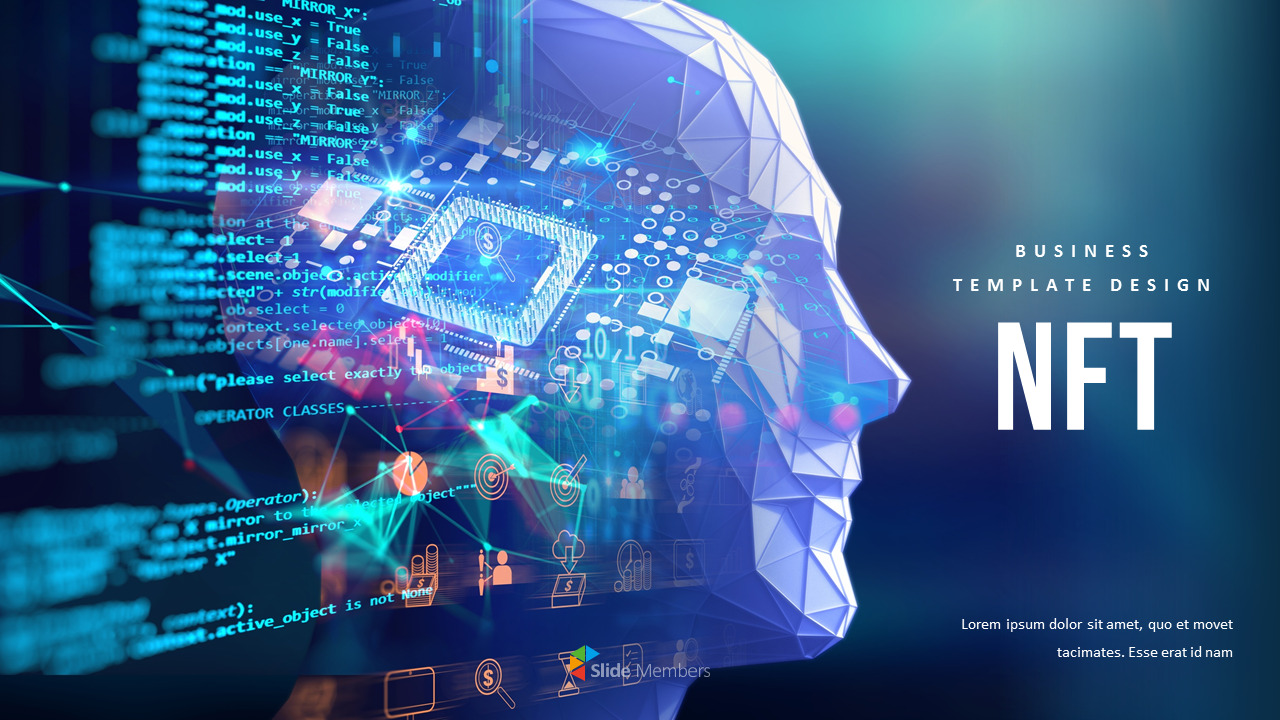
WHAT IS A NON-FUNGIBLE TOKEN? (NFT)
NFTs are currently taking the digital art and collectibles world by storm. Digital artists are seeing their lives change thanks to huge sales to a new crypto-audience. And celebrities are joining in as they spot a new opportunity to connect with fans. But digital art is only one way to use NFTs. Really they can be used to represent ownership of any unique asset, like a deed for an item in the digital or physical realm.
If Andy Warhol had been born in the late 90s, he probably would have minted Campbell's Soup as an NFT. It's only a matter of time before Nike puts a run of Jordans on Ethereum. And one day owning your car might be proved with an NFT.
What's an NFT?
NFTs are tokens that we can use to represent ownership of unique items. They let us tokenize things like art, collectibles, even real estate. Ownership of an asset is secured by the Ethereum blockchain – no one can modify the record of ownership or copy/paste a new NFT into existence.
NFT stands for non-fungible token. Non-fungible is an economic term that you could use to describe things like your furniture, a song file, or your computer. These things are not interchangeable for other items because they have unique properties.
Fungible items, on the other hand, can be exchanged because their value defines them rather than their unique properties. For example, ETH or dollars are fungible because 1 ETH / $1 USD is exchangeable for another 1 ETH / $1 USD.
The internet of assets
NFTs and Ethereum solve some of the problems that exist in the internet today. As everything becomes more digital, there's a need to replicate the properties of physical items like scarcity, uniqueness, and proof of ownership. Not to mention that digital items often only work in the context of their product. For example you can't re-sell an iTunes mp3 you've purchased, or you can't exchange one company's loyalty points for another platform's credit even if there's a market for it.
Here's how an internet of NFTs compared to the internet most of us use today looks...
A comparison
| An NFT internet | The internet today |
|---|---|
| NFTs are digitally unique, no two NFTs are the same. | A copy of a file, like an .mp3 or .jpg, is the same as the original. |
| Every NFT must have an owner and this is of public record and easy for anyone to verify. | Ownership records of digital items are stored on servers controlled by institutions – you must take their word for it. |
| NFTs are compatible with anything built using Ethereum. An NFT ticket for an event can be traded on every Ethereum marketplace, for an entirely different NFT. You could trade a piece of art for a ticket! | Companies with digital items must build their own infrastructure. For example an app that issues digital tickets for events would have to build their own ticket exchange. |
| Content creators can sell their work anywhere and can access a global market. | Creators rely on the infrastructure and distribution of the platforms they use. These are often subject to terms of use and geographical restrictions. |
| Creators can retain ownership rights over their own work, and claim resale royalties directly. | Platforms, such as music streaming services, retain the majority of profits from sales. |
| Items can be used in surprising ways. For example, you can use digital artwork as collateral in a decentralized loan. |
NFT examples
The NFT world is relatively new. In theory, the scope for NFTs is anything that is unique that needs provable ownership. Here are some examples of NFTs that exist today, to help you get the idea:
- A unique digital artwork(opens in a new tab)
- A unique sneaker in a limited-run fashion line(opens in a new tab)
- An in-game item(opens in a new tab)
- An essay(opens in a new tab)
- A digital collectible(opens in a new tab)
- A domain name(opens in a new tab)
- A ticket that gives you access to an event or a coupon(opens in a new tab)
- Buy real world goods(opens in a new tab)
- Fractionalized real-estate(opens in a new tab)
- Degree Certificates(opens in a new tab)
- Music royalties via NFTs(opens in a new tab)
- Move 2 earn(opens in a new tab)
- Digital identity(opens in a new tab)
How do NFTs work?
NFTs are different from ERC-20 tokens, such as DAI or LINK, in that each individual token is completely unique and is not divisible. NFTs give the ability to assign or claim ownership of any unique piece of digital data, trackable by using Ethereum's blockchain as a public ledger. An NFT is minted from digital objects as a representation of digital or non-digital assets. For example, an NFT could represent:
- Digital Art:
- GIFs
- Collectibles
- Music
- Videos
- Real World Items:
- Deeds to a car
- Tickets to a real world event
- Tokenized invoices
- Legal documents
- Signatures
- Lots and lots more options to get creative with!
Ownership of NFTs is managed through the unique ID and metadata that no other token can replicate. NFTs are minted through smart contracts that assign ownership and manage the transferability of the NFT's. When someone creates or mints an NFT, they execute code stored in smart contracts that conform to different standards, such as ERC-721. This information is added to the blockchain where the NFT is being managed. The minting process, from a high level, has the following steps that it goes through:
- Creating a new block
- Validating information
- Recording information into the blockchain